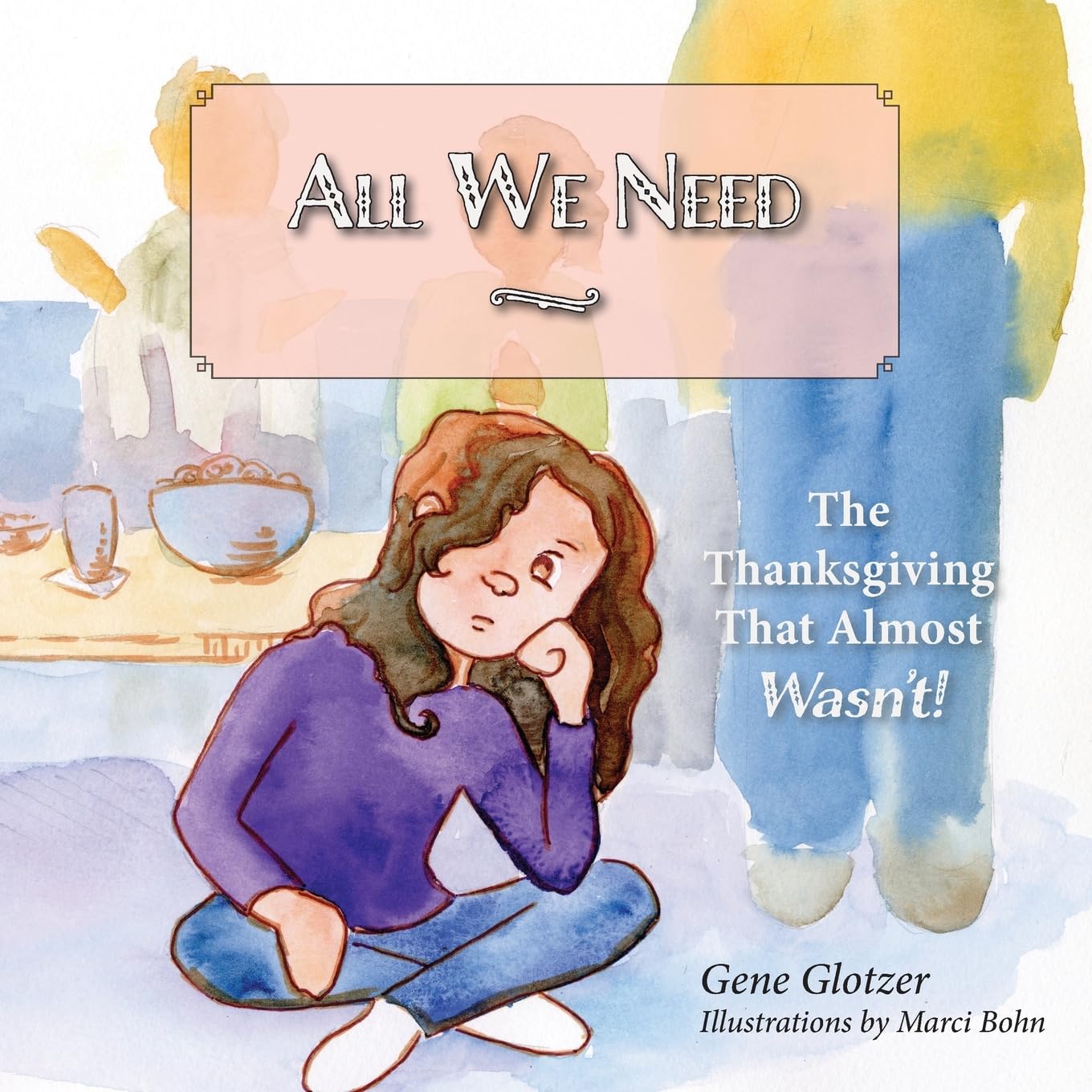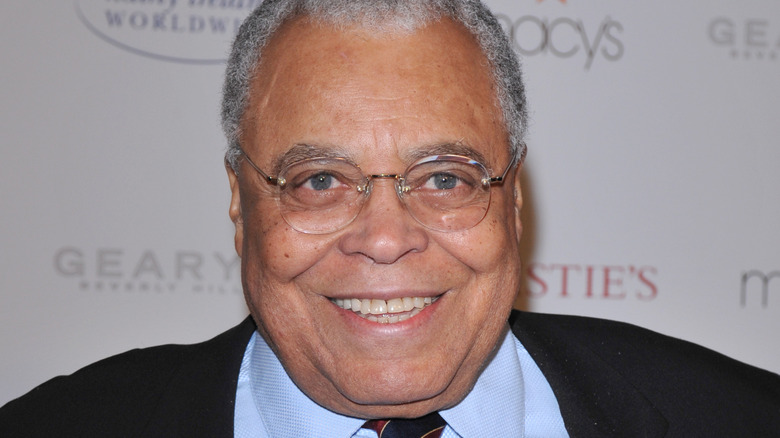I recently finished Season 2 of Star Trek: Discovery, and while I would like to write a review of the season, I realize that not everyone may have watched the season finale from Thursday night yet. So while I sit on my overall thoughts for the time being, I do want to write about an “episode” which kicked off Season 2 last fall.
The producers of Discovery decided to do four short episodes called “Short Treks.” These episodes were 10-15 minutes long, and promised to offer the
“opportunity for deeper storytelling and exploration of key characters and themes which fit into Star Trek: Discovery and the expanding Star Trek universe.”
One of the Short Treks was an episode called “Calypso.” The main character of the episode, a man named Craft, is rescued by the U.S.S. Discovery 1,000 years in the future. The ship has been abandoned by the crew, and over the course of 1,000 years, the ship develops its own intelligence and personality.

The U.S.S. Discovery
Craft interacts with Discovery’s personality, a woman named Zoe. The two talk and watch movies together until they fall in love, but Craft decides he must leave. He still has a wife and child waiting for him on his home planet. He and Zoe say a pained goodbye, and at the end of the episode, he departs, heading back home and leaving Zoe alone again.
I like many of the ideas in this episode. It’s fascinating to move Star Trek 1,000 years into the future. I like the idea that, given enough time, a system as complex as a starship, with access to nearly unlimited information, would develop sentience and intelligence (Star Trek: The Next Generation did something similar with the episode “Emergence”). I even like the idea that a person can fall in love with a machine, because as computers get more sophisticated, we may be dealing with those kinds of situations sooner than we think.
But I didn’t like the episode because of the execution. Discovery, in the personage of Zoe, has chosen to model its speech patterns, attitude and overall personality on Audrey Hepburn. In fact, Zoe’s favorite movie, which she watches with Craft, is Funny Face, a movie starring Hepburn and Fred Astaire. In the climax of the episode, Zoe uses holograms to project an image of herself so that she and Craft can share a dance. As you might have guessed, Zoe projects herself to look as much like Hepburn as possible.

http://www.womenatwarp.com/short-treks-recap-calypso/
I want to sidestep the “man falling in love with a computer” critique of this episode, as many other writers have pointed it out (just check the link below the image for an example). My biggest problem with this episode is this: the U.S.S. Discovery has access to information about hundreds of species, stretching back thousands of years. It has had ten centuries to search its own database and develop an idea of who it wants to be. And with all that information and time, the most interesting personality to Discovery was Jo Stockton, the main character of Funny Face? Let’s not even get into why the ship didn’t have a Klingon personality, or a Vulcan one. There are thousands of contemporary and historical cultures right here on Earth that Discovery could have chosen from. Yet I was reminded that Discovery did not in fact choose its personality. A writer did.
That writer is Michael Chabon. He is an accomplished writer of novels, stories and screenplays. He is also a 55 year old white man, born in the year 1963. Funny Face was released six years before he was born. Hepburn dominated the movies around his birth, appearing in 14 movies from 1956-1967. Hepburn continued to dominate the social and cultural landscape far after that- even as late as 2007, Newsweek featured an article about Hepburn (written by, it should be noted, another white man who came of age during Hepburn’s era). She’s been held up for the last 50 years as an idealized version of a beautiful woman- to a particular kind of audience. The kind of audience that Michael Chabon belongs to. So I get why he would choose her as the model for Craft’s future ship wife.
While I may get it, I disagree with the choice. Hepburn is pretty, but I’ve never seen any of her movies. Not Funny Face, not Breakfast at Tiffany’s, not Charade. They didn’t seem interesting to me, and Hepburn isn’t pretty enough to me to hold my attention by simply looking at her. If I was the writer for “Calypso,” and confined to the same plot, I would have chosen a very different woman to model. I would have chosen Nia Long.
Friday was released in 1995, when I was nine years old. I didn’t see it in theaters, but it was only a couple of years before it started showing up on cable TV. That was also the time when I started to really like girls. I had my little crushes here and there, but puberty had kicked in by the time I saw Friday, and I was in love with Nia Long.

If I was writing a story about an idealized woman from a movie who also happens to be a spaceship, then my ideal woman would be Debbie. My computer would sound like Debbie. Her and Craft would watch Friday. At the end of the episode, she would project herself and they would dance to the timeless classic “Hoochiemama.”
I’m not faulting Chabon for choosing Hepburn as his model. Loving her from a distance is his experience. But it’s not mine, and I’m super bored by it. Like I said, I’ve never seen Breakfast at Tiffany’s, but I have the imagery burned into my imagination by countless references, homages and recreations of that movie across media. I get it, they all like Catherine Hepburn. A lot. I’ve loved Nia Long from a distance though, and I would like to see a story where a woman like Debbie is held up as the idealized version of beauty and grace one thousand years in the future.
Michael Chabon probably can’t write that story, which is why it’s important to have different writers. Different writers have different experiences, across time, race, gender, sexuality, everything. I don’t need to relate to every story I’m seeing (which I think is too much of a focus of the diverse books movement, but that’s another essay), but different perspectives are interesting and fun. I don’t think I can listen to another computer voice that has that weird, Golden Era white woman haughtiness. My dream computer is Debbie, but it doesn’t even have to be her. Let it be a Pakistani woman, or an Ebo man. Just let it be something different, because one of the most disappointing things about Star Trek’s future is how frequently it resembles a very familiar past.










